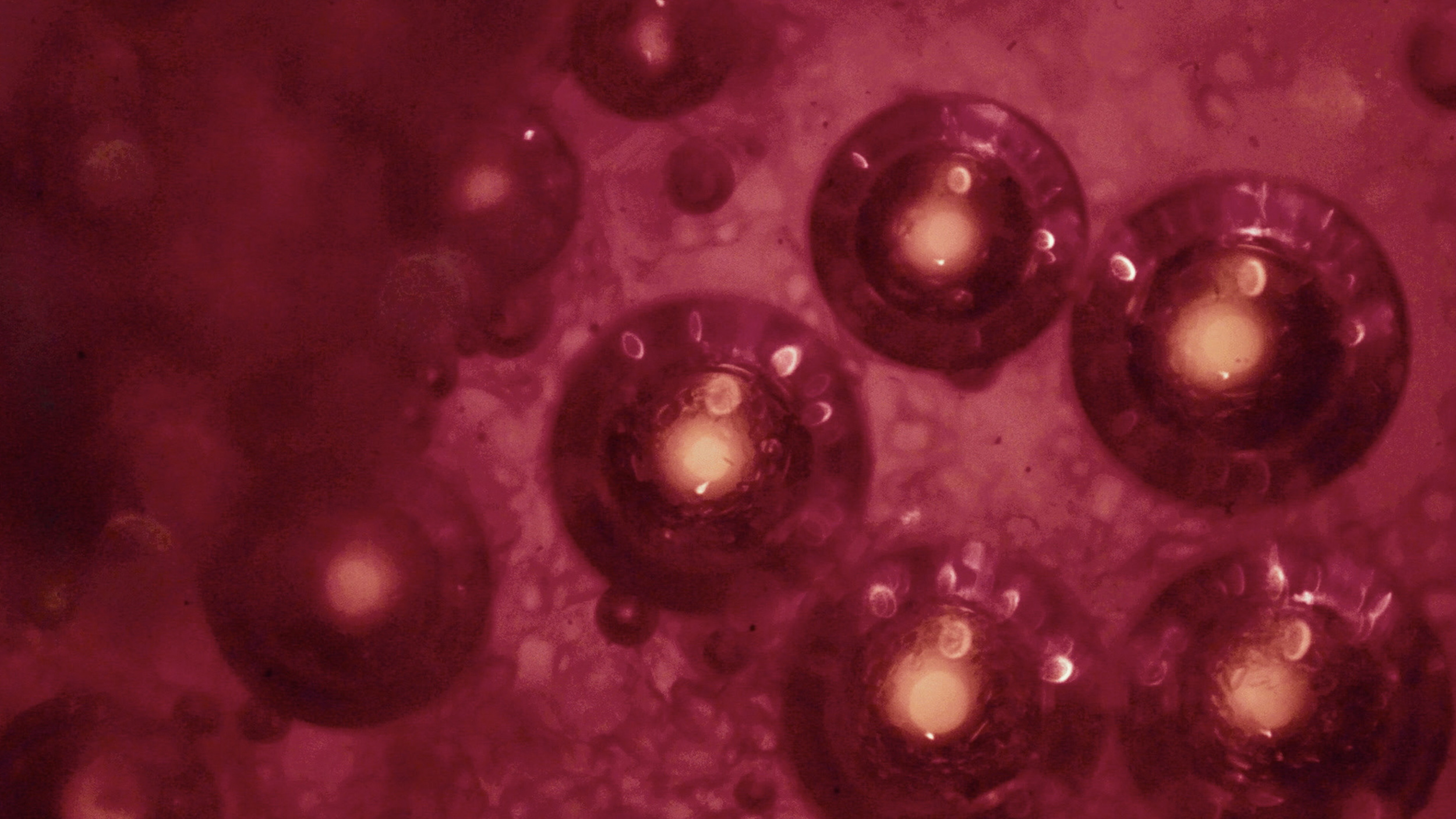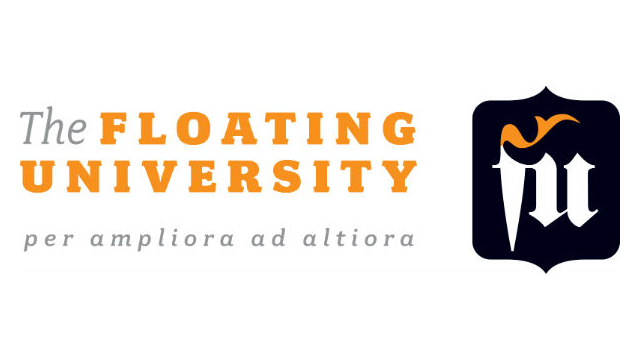The Age of Regenerative Medicine: How to Heal Faster

What’s the Big Idea?
In most species, the body of an organism loses its innate ability to heal over time (salamanders are a notable exception). While a kid can skin her knee and not even remember it two days later, an adult might feel the effects for weeks. But what do we really know about aging? asksDouglas Melton in his Floating University lecture. Does the passage of time necessarily bring about an inevitable decline in physical stamina and recovery? Or might science be able to increase the quality, as well as the quantity, of our years?
A biologist and founding member of the International Society for Stem Cell Research, Melton hopes to find a way to make old cells young again. “All of the cells in your body have an amazing potential,” he says. “Imagine a time when you might go to your doctor and she would say, ‘your liver is looking a little tired,’ or ‘your muscles are not repairing well’ or ‘your bone isn’t as strong as it could be, but don’t worry, we have some stem cells that we’ve taken from you when you were a bit younger. We’re going to put those in, top you up, and you’re going to be good as new.’”
In an experiment he calls “The Fountain of Youth Experiment,” two parabiotic mice – one young and one old – share a bloodstream. (“They’re really quite happy,” says Melton. “They continue to live a long life and run around in the cage and eat and play as they normally would.”) When a muscle is injured in the old mouse, it is repaired at the same rate as if the mouse were young.
The experiment demonstrates that there’s nothing ephemeral or intangible about youth. Clearly, something particular to young blood is responsible for the increased rate of repair, and if biologists can figure out what it is, the effects of aging may become entirely preventable; perhaps even beatable.
What’s the Significance?
Youth has been called “a form of chemical madness,” and now scientists are now learning that old age is, too. If reproductive hormones can be controlled, perhaps biologists can create therapies to delay the onset of frailty and poor health. Last week, researchers at the Mayo Clinic discovered a new type of cell which plays a large role in the aging process.
Senescent cells accumulate in aging tissue and cause inflammation. When researchers found a way to rid the body of such cells in mice, the mice showed less signs of deterioration over time. “The findings raise the prospect that any therapy that rids the body of senescent cells would protect it from the ravages of aging,” says the New York Times.
To subscribe to the Floating University course “Great Big Ideas,” click here.
Image courtesy of Shutterstock.





